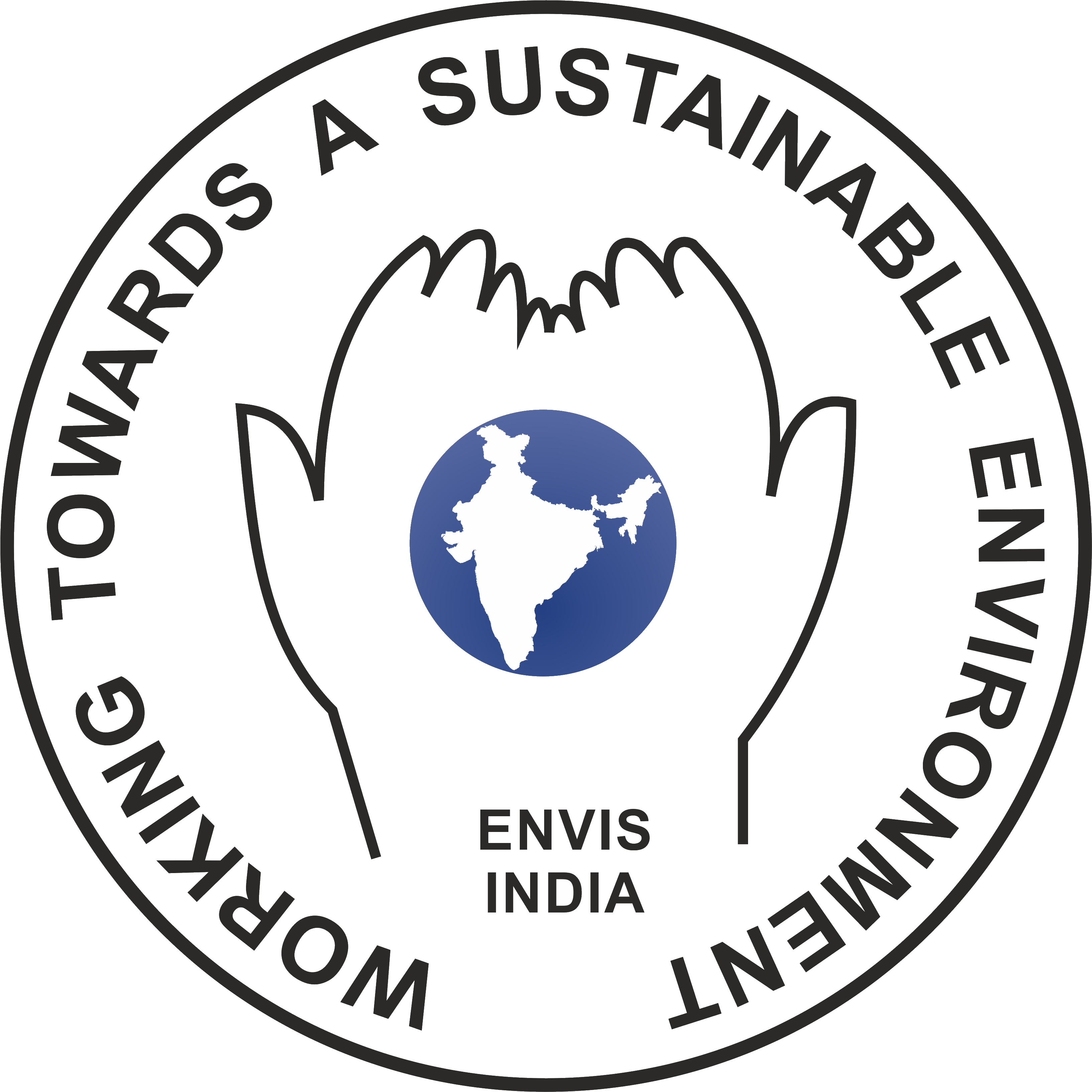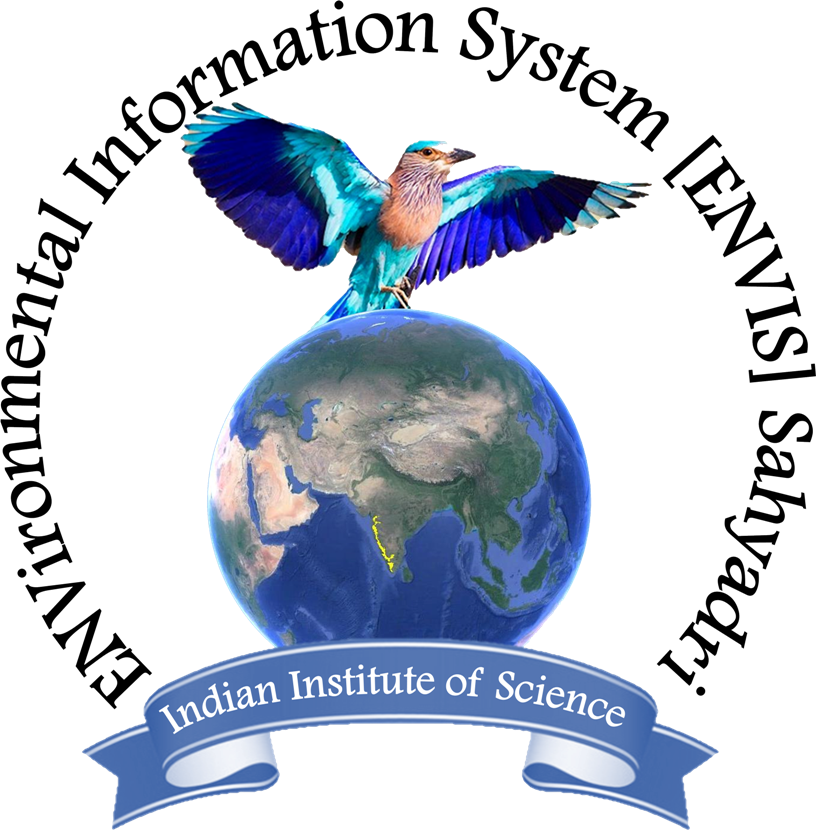Rejuvenation & Sustainable Management of Gokarna Temple Pond - KotiteerthaCite
Ramachandra T V, Durga Madhab Mahapatra, Subash Chandran M D, Sincy V, Asulabha K S, Rao, G R, Vishnu D. Mukri, Akhil C A
ENVIS[RP], Environmental Information System, Energy and Wetlands
Research Group,
Centre for Ecological Sciences, Indian Institute of Science -
560012
envis.ces@iisc.ac.in
tvr@iisc.ac.in Phone:
080 22933099/22933503
Synopsis
Kotiteertha or temple pond with daily sacraments constitute the vital ecosystem linking the culture with the society in India. The sharp increase of devotees performing rituals within and around the temple premises in the last decade, and lack of regular maintenance of temple pond has led to the eutrophication. Disposal of ritual constituents rich in organic matters beyond the bioremediation potential has led to the enrichment of nutrients, evident from the enhanced primary productivity with rampant growth and spread of macrophytes and filamentous algae. This has posed serious threat to the sustenance of pond ecosystem. In this context, ecological investigations were carried out the Gokarna temple pond - Kotiteertha, located at Gokarna village, Kumta taluk, Uttara Kannada district, Karnataka in response to the requests from progressive youth of Gokarna temple town. The investigation included the assessment of physical and chemical parameters with the biotic components (spread and distribution of aquatic plants and algae). The results reveal of higher nutrient levels, signifying more cultural pressure due to (i) disposal of organic materials (flowers, rice balls, linseed, banana, curd, ghee, etc.) after performing rituals, (ii) bathing of large number of devotees, (iii) washing of cloth with detergents, (iv) disposal of solid waste and (iv) washing of utensils, etc. The algal diversity analyses show the proliferation of filamentous cyanophycean members and minimal suspended algae. Higher biomass growth, productivity and spread of aquatic plants Vallisneria spiralis, Nymphae nouchali, followed by Certophyllum demersum and Blyxa species highlight of nutrient enrichment. The overgrowth of such species triggers internal nutrient loading leading to further enrichment and subsequent deterioration of water quality. Therefore following action plans are recommended to regain the sanctity of the pond and to ensure pristine water in the surrounding wells.
Pollution Indicator |
Cause |
Solutions |
|
Nutrient (Carbon and Nitrogen) enrichment due to
|
Restrictions on the disposal of organic matter (flowers, rice balls -pinda, grains, etc.) after rituals of pithru karma. Alternate arrangements for disposal of organic wastes (flower, rice balls) and an arrangements to transfer to goshala (cattleshed). This could provide nourishment and also serving to milking cattle could be the best option of offering to the lord. As this pond is also used in the temple, restrictions on the use of pond for bathing by the community visiting the temple. Appropriate signage to this effect, would help in controlling the pollutants entering the pond. Only the head priest performing pooja to the deities at Gokarna be allowed to take bath (without synthetic soap) Ban on washing of cloth and utensils in the pond
Management of watershed - arrest deforestation. Planting of natives species in the catchment /watershed. This could be implemented by introducing the mandatory plant native sapling by the devotees performing rituals (with a nominal fee to cover the sapling cost) Celebration of the World Environment Day on June 5th, every year through large scale afforestation programme involving NSS volunteers, devotees visiting the temple (on June 5th), students (from nearby schools and gurukula) and local NGO's |
|
Enrichment of nutrients especially carbon and nitrogen. Carbon and nitrogen gets into the pond with the prevailing practice of the disposal of pooja materials (flower, banana, linseed, grains, curd, milk, ghee, cloth, etc.) and rice balls (pinda). Due to bioremediation, organisms in the pond uses the organic inputs. However, the excess quantity over threshold creates pollution of the water body, evident from bad odour, excess growth of algae and water plants (macrophytes). |
Restrictions on the disposal of organic matter (flowers, rice balls -pinda, grains, etc.). Alternate arrangements for disposal of organic wastes (flower, rice balls) and an arrangements to transfer to goshala (cattleshed). This could provide nourishment and also serving to milking cattle could be the best option of offering to the lord. Implement bio-manipulation (Labeo rohita and Catla catla- surface phytoplankton feeders, Rohu - Column zooplankton feeder, Gambusia and Guppies - larvivorous fishes for mosquito control, bottom dwellers - common carp, scavenging fish - Labeo fimbriatus). |
|
|
Restrictions on the disposal of organic matter (flowers, rice balls -pinda, grains, etc.). Introduce ducks (at least four pairs to begin with) , which will aid in aeration and control of water plants, algae, etc.. Implement bio-manipulation (Labeo rohita and Catla catla- surface phytoplankton feeders, Rohu - Column zooplankton feeder, Gambusia and Guppies - larvivorous fishes for mosquito control, bottom dwellers - common carp, scavenging fish - Labeo fimbriatus). |
|
Presence of Escherichia coli - indicates faecal contamination. This may be due to leakages from the nearby septic tanks (toilets) / community drains or use of pond after defecation. |
Plug cracks and other defects in the pond embankments. Restriction on the use of pond by all except the temple head priest who performs rituals at the temple. |
|
Disposal of solid waste and plastic. No provision to dispose the waste at designated site with proper bins (collection containers) |
Awareness among general public to dispose solid waste at the designated sites / locations. Provision of colour bins (to dispose wastes separately) Regular collection, treatment and disposal of organic fractions of solid wastes by the municipality Ban on the use of plastic in Gokarna -Temple town. Penalty to shop-keepers roadside hawkers selling plastic pouches or providing provisions in plastic pouchesetc. |
|
Lack of personal and community hygiene. Lack of awareness among the public about cleanliness or SWACHHATA |
Environmental education among all. Deployment of NSS volunteers and Local NGO's in raising the awareness among the public |
|
Idol submersion during festival (Ganesha, etc.). |
Environment friendly Ganesha festival celebration in the temple or use of silver Ganesha / Pancha hola idols and worhip at home. Complete ban on immersion of idols (painted, plaster of paris idols, etc.) in the pond. |
|
Lack of awareness among priests and also lack of suitable alternate arrangements |
Awareness among priests about the need for environment friendly option of disposal of organic materials of the ritual (as contaminating the pond water would also contaminate the nearby groundwater sources - bore well, open wells, etc.). Alternate sustainable option for the disposal of organic materials (rice balls, flowers, etc.) and transfer to the temple cattle shed / Goshala. |
|
Lack of ‘sense of belonging' among the local residents No management or poor management by the municipality / Panchayath. |
Environmental awareness among the local residents about the need to protect water bodies (at least keeping the next generation in mind) Regular water quality monitoring by involving school and college students (co-ordinated by the regional centre of the Karnataka State Pollution Control Board) Setting up eco-clubs in the education institutions (as per the provisions available with the Karnataka State Pollution Control Board) in the local education institutions (schools and colleges) Provision of wetlands at the entry of the pond (which will remove the contaminants entering the pond) during run-off Regular maintenance of the pond (through cost effective ecological methods) involving local NGO's, NSS volunteers, students from schools and colleges - Mandatory Shramdhan for removal of silt as well as partial removal of water plants (kalé)
|
|
Lack of cultural ethos |
Ensure cultural heritage through awareness programmes 'HERITAGE TOWN' status considering the cultural heritage of the region. |


 Sahyadri ENews Issues: I - LXXVIII
Sahyadri ENews Issues: I - LXXVIII
